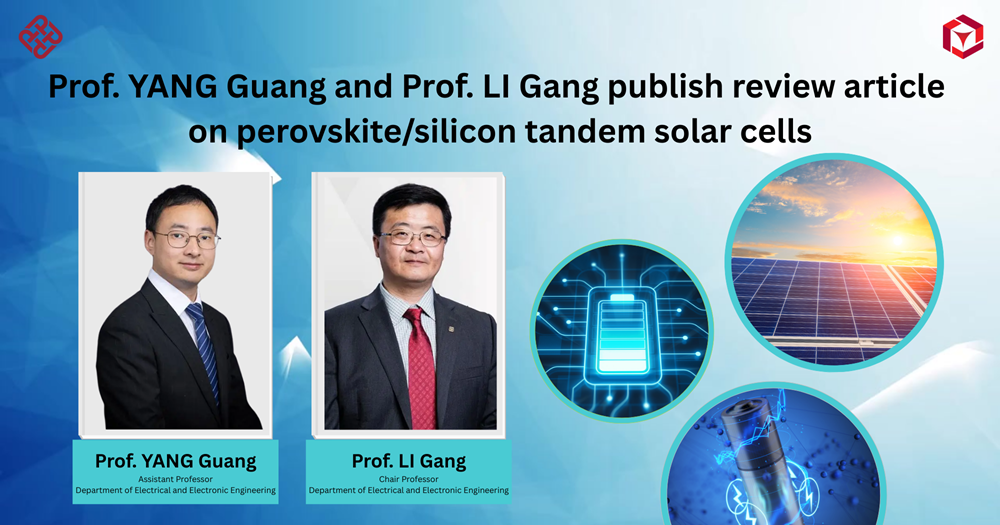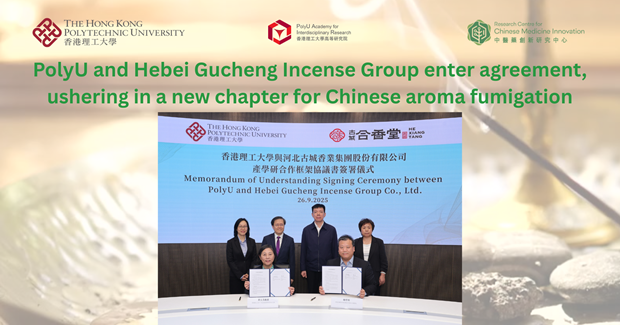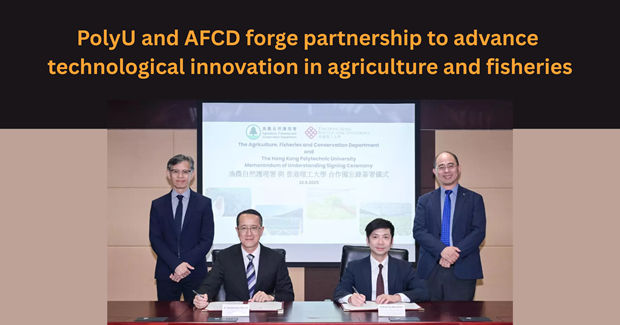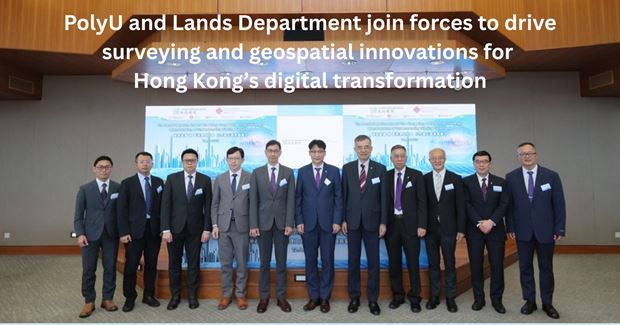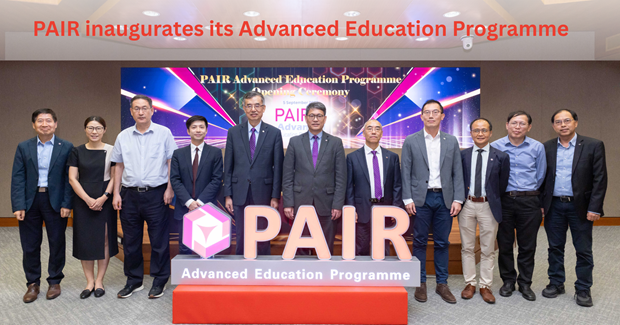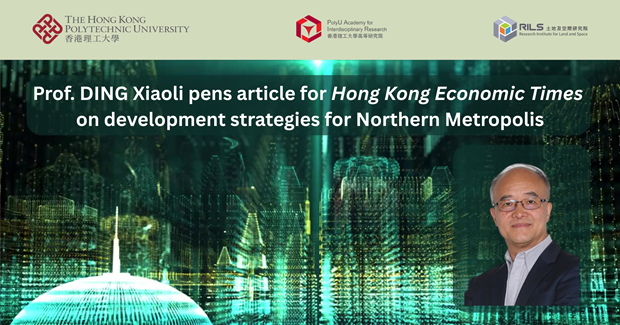A review article titled “Towards efficient, scalable and stable perovskite/silicon tandem solar cells” co-authored by Prof. YANG Guang, Assistant Professor in the Department of Electrical and Electronic Engineering, and Prof. LI Gang, Chair Professor in the same department, was recently published in Nature Photonics.
Perovskite/silicon tandem solar cells (TSCs) have emerged as a highly promising technology for photovoltaic energy harvesting, already surpassing the efficiency limits of traditional single-junction solar cells. Although recent power conversion efficiencies have approached 35%, perovskite/silicon TSCs still face a significant gap compared to their theoretical maximum. Additionally, challenges related to long-term operational stability and large-scale manufacturing must be overcome before this technology can be widely commercialised.
This review provides a comprehensive overview of the latest advancements in perovskite/silicon TSCs, with a particular focus on three critical aspects: efficiency, stability, and scalability. The authors also offer a critical assessment of the remaining challenges and discuss the prospects for the future development of this technology.
Prof. Yang is currently a Member of the Photonics Research Institute (PRI), Otto Poon Charitable Foundation Research Institute for Smart Energy (RISE) and Research Institute for Advanced Manufacturing (RIAM). Prof. Li serves as the Associate Director of RISE, Management Committee Member of PRI, and Member of Research Institute for Intelligence Wearable Systems (RI-IWEAR) and Research Institute for Sustainable Urban Development (RISUD).
Read the full paper: https://www.nature.com/articles/s41566-025-01732-y
Press release:
English - https://polyu.me/4p2AIjN;
Chinese - https://polyu.me/486CHOc
Online coverage:
Tech Xplore - https://polyu.me/47K8ByM
The National Tribune - https://polyu.me/3JSDjhe
Mirage - https://polyu.me/4p1YtIv
City Times - https://polyu.me/4pnGT2b
| Research Units | PolyU Academy for Interdisciplinary Research |
|---|
You may also like



